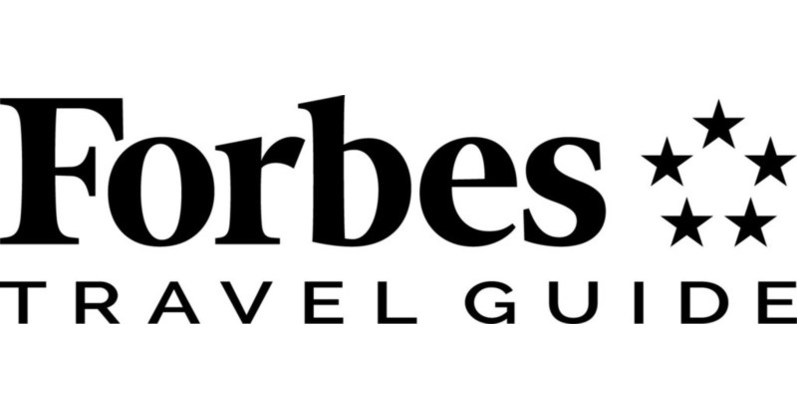RALEIGH, N.C. (WNCN) — Raleigh hotels expect to take in only about two-thirds of the business travel revenue they had before COVID-19 hit, a study finds.
A report released Tuesday by the American Hotel and Lodging Association and research firm Kalibri Labs breaks down how expected spending on hotels by businesses this year compares to 2019.
It expects Raleigh hotels to take in just over $307 million this year — a drop of 33 percent from the roughly $450 million spent on business travel to in 2019.
The trade group says leisure travel is expected to return to pre-pandemic levels but business travel — the hotel industry’s largest source of revenue — will take longer to bounce back.
Nationally, the trade group expects a drop of 23 percent in business spending on hotels to about $69 billion — about $20 billion lower than it was three years ago.
That’s an improvement: The association says hotels lost more than $100 billion in business travel during 2020 and ’21 combined.
“While dwindling COVID-19 case counts and relaxed CDC guidelines are providing a sense of optimism for reigniting travel, this report underscores how tough it will be for many hotels and hotel employees to recover from years of lost revenue,” said Chip Rogers, the association’s president and CEO. “The good news is that after two years of virtual work arrangements, Americans recognize the unmatched value of face-to-face meetings and say they are ready to start getting back on the road for business travel.”
San Francisco is expected to see the largest percentage drop — 69 percent, after more than $2.4 billion was spent on hotel business travel three years ago. That total is expected to only be $762 million this year.
At the state level, North Carolina hotels expect $1.8 billion in business travel revenue — 19 percent lower than the $2.2 billion in 2019, but a smaller drop than the national average.
The largest percentage drop is expected in Wyoming (63 percent). Only five states expect increases, led by Nevada (17 percent) and Mississippi (7 percent).









